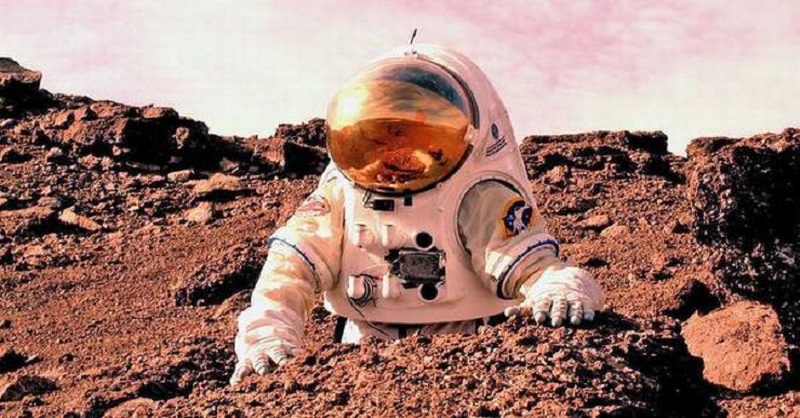
It is a scientist’s lifetime ambition to know all about the Red Planet, Earth’s neighbor, the Mars. This is NASA’s latest research details.
As a round-trip mission to Mars could last three years, NASA is calling for more research to understand how long-term experiences in space could affect the human body.
Typical missions to the International Space Station (ISS) last just six months.
“To draw any conclusions about the cumulative effects of exposure to space, we need to observe more astronauts spending larger amounts of time in the space environment,” said John Charles of the Human Research Programme at NASA’s Johnson Space Center.
Combined with ongoing NASA studies, the new research could enable safer and more effective travel to destinations beyond low- Earth orbit.
The US space agency hopes that such research will help it understand, prevent, diagnose, treat, mitigate and cure the potential health effects of prolonged spaceflight.
“Scientists can use the information to predict physical and behavioral health trends,” Charles said.
Proposals are due by January 4, 2018, and NASA expects in late summer 2018 to select 15 to 18 proposals for grants with a maximum duration of seven years.
NASA said scientists submitting proposals should consider a robust programme that could include as many as 30 astronauts – 10 to conduct shorter missions of up to two months, 10 as part of standard six-month missions, and 10 for one-year missions in space.
With information gained from the selected studies, NASA aims to address five hazards of human space travel – space radiation, isolation and confinement, distance from Earth, gravity fields (or lack thereof), and hostile/closed environments that pose great risks to the human mind and body in space.
“When the day comes for humans to launch on a journey to Mars, humanity will take another giant leap. The knowledge gained from this research could give NASA a running start,” the US space agency said.
MEANWHILE

While the American Girl brand is well-known for teaching the past through dolls with fictional ties to important events, it’s latest aims to inspire youths to make history themselves. On the first day of 2018, the next American Girl will hit stores: 11-year-old Luciana Vega, who aspires to be the first person to reach Mars.
American Girl worked with NASA and a panel of scientists and astronauts to make Luciana’s story (and gear, like a Mars habitat and flight suit) as realistic as possible. They also contributed to an accompanying STEM-based educational program providing space simulations and quizzes in an American Girl app and educational website. The company is also partnering with Space Camp to provide a Luciana-themed program, which launches next summer.
“It is so important to find exciting new ways to inspire our next generation of space explorers,” Megan McArthur, NASA astronaut who serves on the project’s advisory board, said in a NASA blog post. “I always want to encourage girls and boys to pursue their dreams, no matter how big, and I think it helps to show how those dreams can become reality for any kid.”
To celebrate the doll’s release, American Girl is hosting launch events on January 1st at its retail locations featuring science demonstrations, spacecraft and some swag for the kids to take home. Lest you think American Girl’s doll dreaming of a future in the stars is out of left field, space-aspiring heroine toys have been on the rise. Lego released a much-anticipated set with a quartet of famous astronauts and scientists (including Sally Ride and Mae Jemison) earlier this year, but Barbie added Mars Explorer to its line of career options way back in 2013.

Post Your Comments